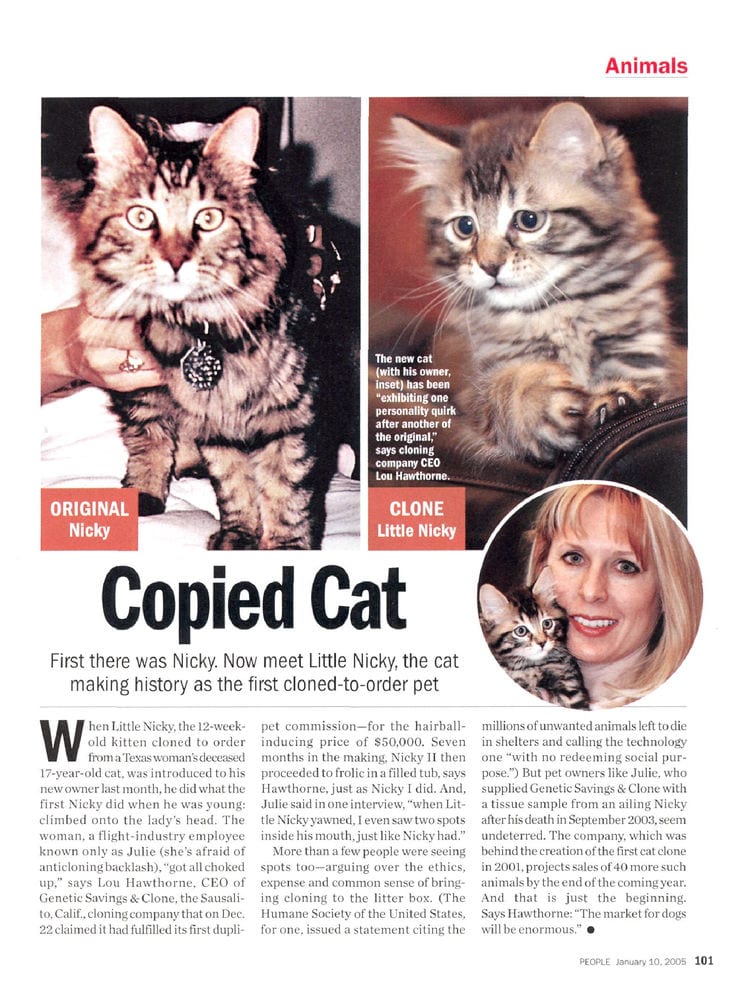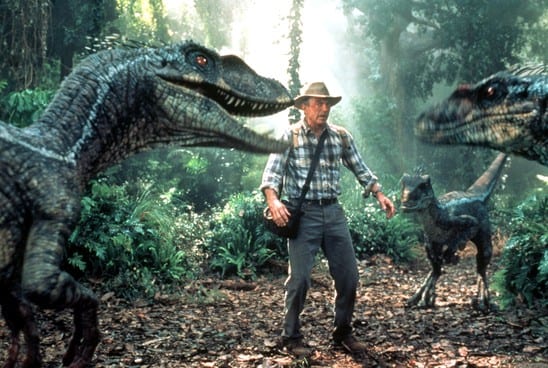Homo Sapiens and Neanderthals: Encounters of the Close and Personal Kind
By Josie Mills, on 29 January 2019
The two most common questions I get asked about Neanderthals are ‘Why did they go extinct?’ and ‘Did we have sex with them?’ (although never phrased that directly). Neanderthals first appeared in the fossil record around 430 thousand years ago (kya) and persisted through the Mid to Late Ice Age until disappearing approximately 40 kya. They evolved outside of Africa, from existing hominin (human like) populations that had migrated there before 400 kya, and lived in Europe, the Middle East and Western Eurasia. H. neanderthalensis is very closely related to H. sapiens, who are our direct ancestors, with genetic evidence suggesting that we shared a last common ancestor until around 750–550 kya. Although this sounds like a long time ago, the earliest stone tools made by a human ancestor are around 3 million years old.
The publication of the first complete Neanderthal genome in 2010 revealed that all non-African modern humans retain approximately 2% Neanderthal DNA, indicating interbreeding between the two species. So, yes, humans did have sex with Neanderthals, probably about 60–80 kya when they left Africa and encountered established Neanderthal populations in the Middle East. But before this grosses you out, remember that most reconstructions of Neanderthals pre-2010 and particularly during the 19th century were heavily loaded with an ‘us and them’ mentality. Basically, the more ape-like the portrayal of Neanderthals, the more elite and unique humans appear. We know that this is not the case now, with a myriad of new discoveries linking Neanderthals to cultural and symbolic practices, and advanced anatomical adaptations. There is no evidence to suggest the two species would not have recognised each other as what we would call ‘humans’.

A H. neaderthalensis (right) and H. sapien (left) skulls, facing each other. Image credit: hairymuseummatt (original photo), DrMikeBaxter (derivative work) [CC BY-SA 2.0 (https://creativecommons.org/licenses/by-sa/2.0)], via Wikimedia Commons
As more Neanderthal genomes are studied scientists are analysing why we have retained these pieces of DNA. The initial contribution of Neanderthal DNA was likely higher at around 6% but as humans have evolved some genes were selected out. Studies suggest that the genes we retain are related mainly to phenotypic qualities, meaning those that affect our outward appearance, for example hair and skin colour. Researchers at the Max Planck institute proposed that these genes are all linked to climate adaptation and sunlight exposure, demonstrating characteristics linked to the Neanderthal’s c. 400 kya stay in cooler climates (Dannemann and Kelso 2017).
But Anatomically Modern Humans may have inherited something much more practical from Neanderthals in the form of a genetic resistance to some viruses. Researchers have proposed that when H. sapiens left Africa they encountered viruses that their bodies were not adapted to fight. Historically we know that these kind of encounters can be fatal, think the smallpox epidemics brought by the Spanish to Mexico leading to the downfall of the Aztec civilisation. Enard and Petrov (2018) propose that by breeding with Neanderthals, who had been exposed to these pathogens for around half a million years, H. sapiens became immune and were able to survive in Europe and beyond.
In archaeology and palaeoanthropology, the traditional model of linear evolution and direct replacement of species is becoming more and more difficult to uphold, with discoveries like the Denisovans and others living during similar time spans. At this point you might could say at times the Ice Age was a bit more like Middle Earth! There is a growing openness, supported by scientific evidence, to accept more nuanced views of interaction between different human species.
References:
Dannemann, M., & Kelso, J. (2017). The contribution of Neanderthals to phenotypic variation in modern humans. The American Journal of Human Genetics, 101(4), 578-589.
Enard, D. and Petrov, D.A., 2018. Evidence that RNA viruses drove adaptive introgression between Neanderthals and modern humans. Cell, 175(2), pp.360-371.
Green, R.E., Krause, J., Briggs, A.W., Maricic, T., Stenzel, U., Kircher, M., Patterson, N., Li, H., Zhai, W., Fritz, M.H.Y. and Hansen, N.F., 2010. A draft sequence of the Neandertal genome. science, 328(5979), pp.710-722.
Slon, V., Mafessoni, F., Vernot, B., de Filippo, C., Grote, S., Viola, B., Hajdinjak, M., Peyrégne, S., Nagel, S., Brown, S. and Douka, K., 2018. The genome of the offspring of a Neanderthal mother and a Denisovan father. Nature, 561(7721), p.113.
Wolf, A.B. and Akey, J.M., 2018. Outstanding questions in the study of archaic hominin admixture. PLoS genetics, 14(5), p.e1007349.
 Close
Close




